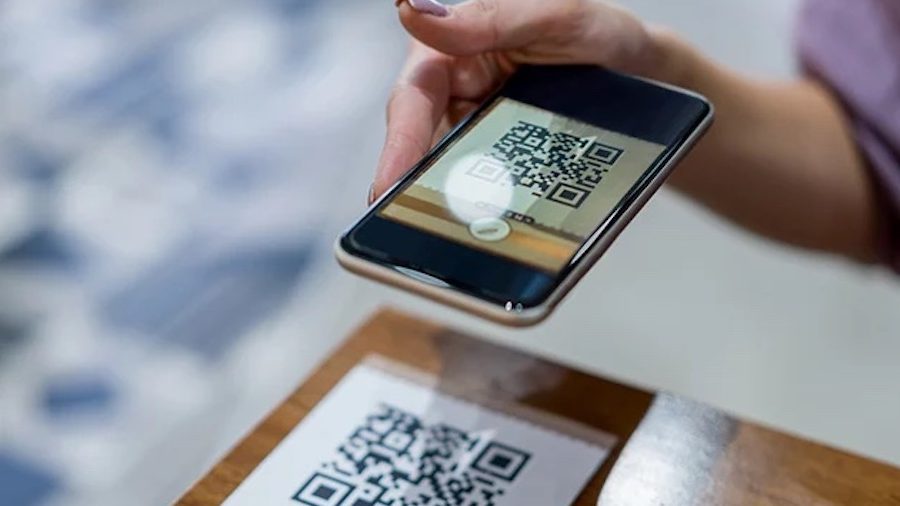Are you tired of manually typing out a long website URL or trying to remember a promo code for your favorite store? Enter QR codes – the solution to all your problems. These two-dimensional barcodes can be scanned by smartphones and rapidly access essential digital media – all in the blink of an eye. Here are some key benefits of QR codes:
Overall, QR codes are an asset to businesses looking to engage with customers and optimize their operations. Plus, they make life easier for shoppers – a win-win situation for everyone involved.
What are QR codes?
QR codes, also known as Quick Response codes, are two-dimensional barcodes that can be read by smartphones and other mobile devices. These black and white patterns can store various types of information, such as website URLs, product information, contact information, and more. QR codes are widely used by businesses, organizations, and individuals to provide quick access to information in a convenient and efficient way.
History of QR codes
QR codes were developed in 1994 by a Japanese company called Denso Wave, a subsidiary of Toyota. The primary purpose of inventing QR codes was to track vehicle parts during the manufacturing process. However, the usage of QR codes quickly expanded, and they became popular in Japan for various purposes, including advertising, commercial tracking, and entertainment.
How do QR codes work?
QR codes are scanned using a smartphone or other mobile device with a camera and a QR code reader app. The app captures the image of the code and decodes the information stored within it. The decoded information can be anything from a website URL to plain text. QR codes can be created easily using various websites or software tools.
Why are QR codes popular?
QR codes are popular because they offer several advantages over traditional barcodes. Firstly, they can store much more data, making them more useful for sharing information. Secondly, they can be scanned quickly and easily using a smartphone, which is more convenient than using a dedicated scanner or typing in a URL manually. Finally, they are a cost-effective way of sharing information, as they can be printed on various materials and surfaces, such as paper, cups, and billboards.
Where are QR codes used?
QR codes are used in various industries, such as marketing, retail, healthcare, education, and transportation. They are commonly used for product and service promotion, event registration, payment processing, and inventory management. QR codes are also used by some governments and non-profit organizations for tracking donations and disaster relief efforts.
Some examples of where QR codes are commonly used include:
- Product packaging and labeling
- Business cards
- Print advertisements
- Billboards
- Conference badges
- Restaurant menus
Benefits of using QR codes
QR codes offer several benefits for businesses, organizations, and individuals. These include:
- Convenience: QR codes can be scanned quickly and easily using a smartphone, making them convenient for users.
- Cost-effective: QR codes can be printed on various materials and surfaces, making them a cost-effective way of sharing information.
- Increased engagement: QR codes can be used to provide customers with additional information, promotions, and discounts, increasing engagement and loyalty.
- Tracking and analytics: QR codes can be used to track engagement and performance, providing valuable analytics and insights.
Potential drawbacks of QR codes
While QR codes offer several benefits, there are some potential drawbacks to consider. These include:
- Requires a smartphone: Users must have a smartphone with a QR code reader app installed to scan QR codes, which may limit reach.
- Not universally recognized: While QR codes are becoming more popular, they may not be recognized by all users, particularly older or less tech-savvy individuals.
- Security concerns: QR codes can be used by cybercriminals to direct users to malicious websites or download malware, which can be a security risk.
In conclusion, QR codes are a convenient and efficient way of sharing information, and they offer several benefits for businesses, organizations, and individuals. While there are some potential drawbacks to consider, the widespread usage of smartphones and the convenience of QR codes make them a popular and effective tool for sharing information in today’s digital age.





